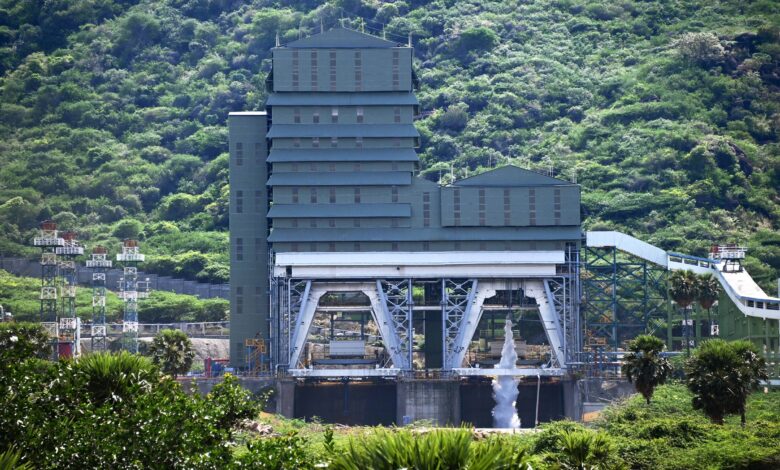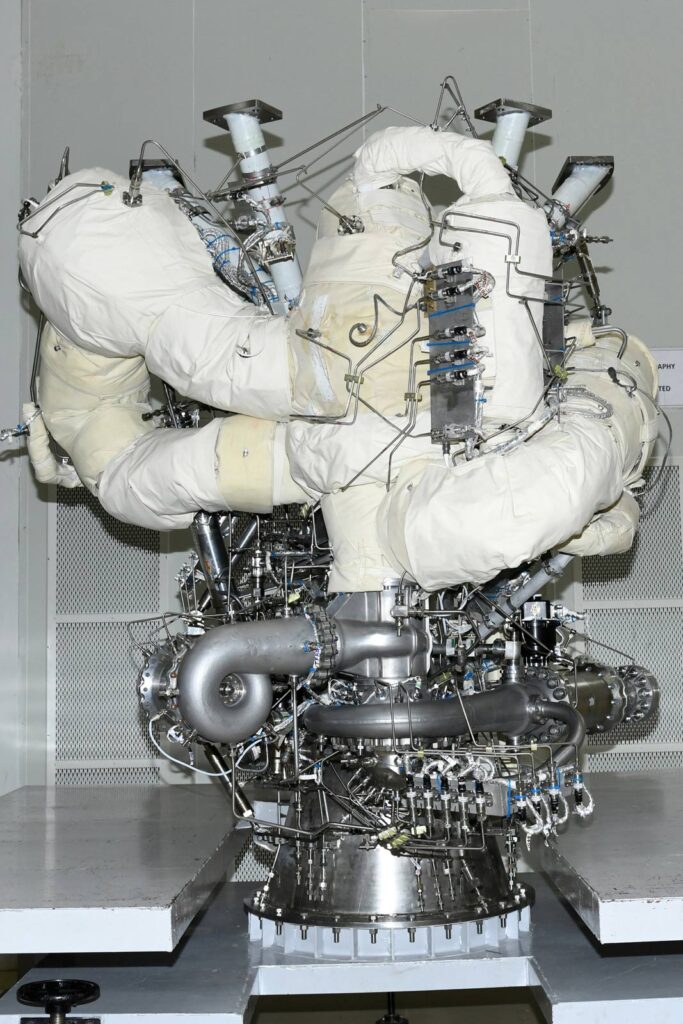ISRO Successfully Tests Semi-Cryogenic Engines, a Promising Development for Future Launch Vehicles
ISRO's accomplishment in testing semi-cryogenic engines represents a significant advancement in India's space exploration capabilities

The Indian Space Research Organisation (ISRO) has achieved a significant milestone by commencing the testing of its semi-cryogenic engines. The first test, conducted on May 10, 2023, at the ISRO Propulsion Complex (IPRC) in Mahendragiri, has been deemed a success. This marks an important step towards the development of a 2000 kN thrust engine for future launch vehicles.
During the test, ISRO carried out an integrated test on an intermediate configuration of the 2000kN Semi-cryogenic Engine at the newly commissioned Semicryogenic Integrated Engine & Stage Test facility at IPRC, Mahendragiri. This intermediate configuration, known as the Power Head Test Article (PHTA), includes all engine systems except the thrust chamber. The purpose of the test was to validate the design of the propellant feed system, which includes the low-pressure and high-pressure turbo-pumps, the gas generator, and control components.
The Liquid Propulsion Systems Centre (LPSC) of ISRO, in collaboration with the Indian industry, is responsible for the design and development of the 2000 kN thrust semi-cryogenic engine. This engine is intended to power the booster stages of future launch vehicles and utilizes a combination of Liquid Oxygen (LOX) and Kerosene propellants. The successful test conducted on May 10, 2023, is a significant milestone before the integration of the complete engine and its qualification. It demonstrated the complex chill-down operations, lasting approximately 15 hours, which were executed successfully while meeting all the required conditions for engine start.
The test involved the chill-down of the LOX circuit followed by the filling of the kerosene feed circuit. Subsequently, LOX was introduced into the gas generator by opening the injection valve. The successful performance of the test article provides valuable insights into the sequence of operations for future tests.
The newly established test facility at IPRC, Mahendragiri, equipped with a state-of-the-art PLC-based control system and data acquisition system, is capable of testing semi-cryogenic engines up to 2600 kN thrust. It will support the subsequent testing and qualification of the fully integrated semi-cryogenic engine and stage. The successful performance of both the test facility and the power head test article on the first attempt underscores their effectiveness and reliability.
ISRO’s accomplishment in testing semi-cryogenic engines represents a significant advancement in India’s space exploration capabilities. It paves the way for the development of more powerful and efficient launch vehicles, marking another remarkable stride in the nation’s pursuit of space exploration and scientific achievements.





